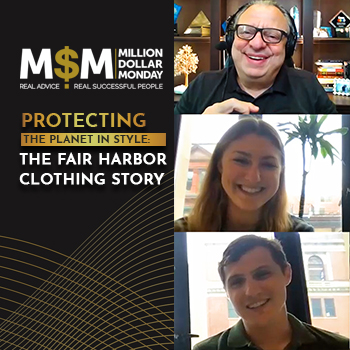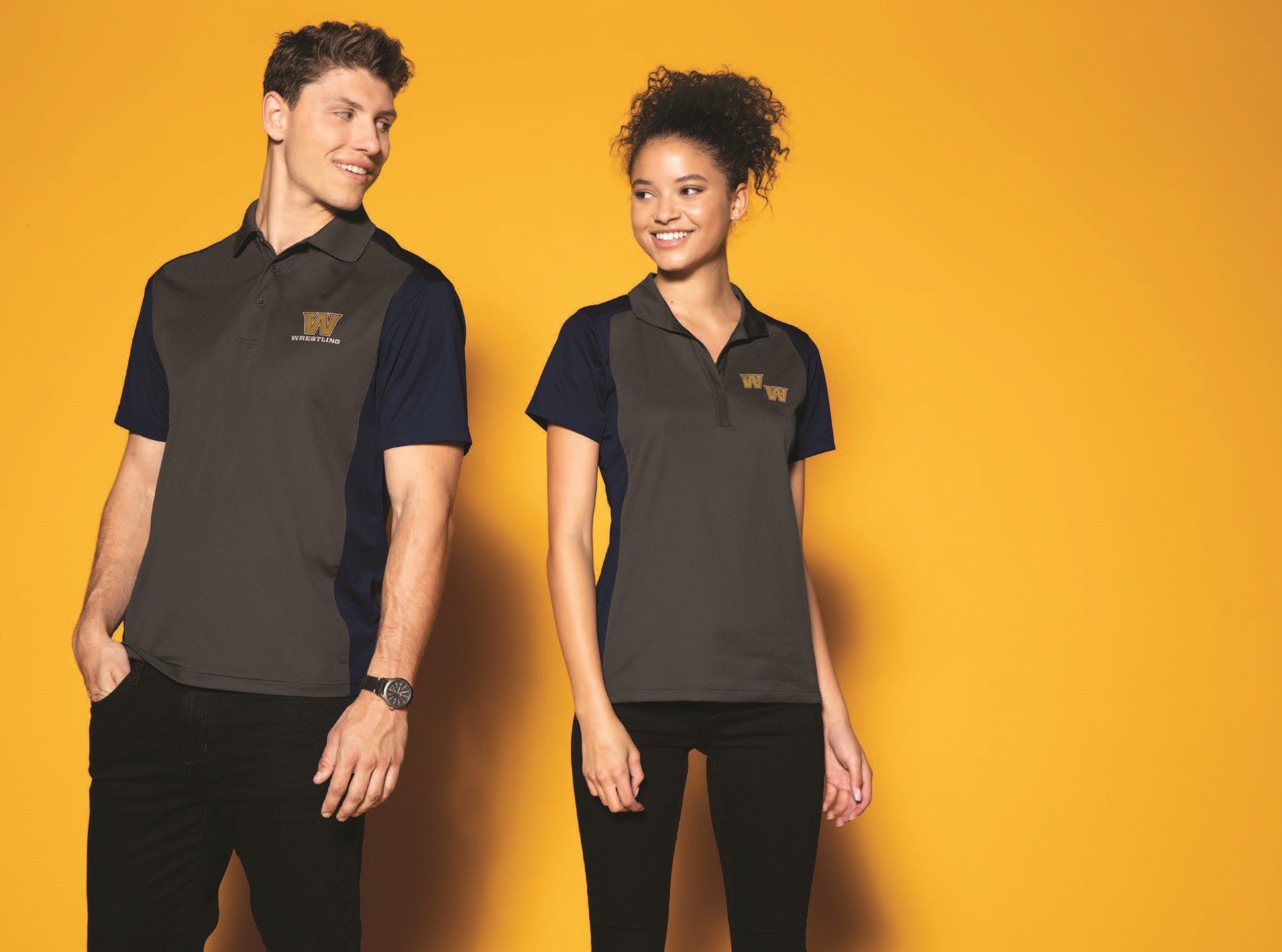Pitchers and catchers have reported to Spring Training, which means baseball is really and truly back. But, while fans are celebrating the return, players are starting to complain about a pretty major changeup coming for this season: The uniforms.
This year, the players’ uniforms are made from Nike’s Vapor Premier material, which Nike says is “softer, lighter, and stretcher” than previous uniforms. Players say that they feel and look cheap, like a bad replica that you might get at the team store (or even in the parking lot), with small lettering and inconsistent quality.
“It feels kind of, like, papery,” Angels outfielder Taylor Ward said, according to The Athletic. “It could be great when you’re out there sweating, it may be breathable. But I haven’t had that opportunity to try that out. But, from the looks of t, it doesn’t look like a $450 jersey.”
Players have been outspoken about the pants, too, with unnamed players for teams like Detroit calling them “terrible,”
Yes, an authentic player replica jersey costs $450 on the MLB shop right now, which makes it even more frustrating for both players and customers that such an expensive piece would feel anything other than perfect.
The big difference this year is that, while the jersey were designed by Nike, they were manufactured by Fanatics, which has found itself at the center of controversy lately after NFL fans received products with off-center lettering and other issues.
Players took their complaints all the way to the MLB Players Association union. And, while some have been diplomatic in their responses, they’ve pointed out issues like color-matching.
Cubs shortstop Dansby Swanson noticed that the color of blue isn’t quite the famous “Cubbie Blue.”
“Cubbie Blue is its own blue, right?” he said, according to The Athletic. “This blue on the uniform is a little bit different than Cubbie blue. So, how can we just recapture that?”
#Cubs Dansby Swanson Leading Revolution Against Hideous New MLB Uniformshttps://t.co/htWaJt1J5a
— ✶ Sports Mockery ✶ (@sportsmockery) February 15, 2024
The new jerseys also have subtle differences in construction, like the Cardinals’ jerseys no longer have chain-stitching of the players’ name on the jersey, which some feel take away from the team’s physical identity.
“You wouldn’t change the font of, let’s say, the Falcons,” Swanson also said. “They have a little bit of a futuristic block lettering. That’s unique to their jersey. You wouldn’t then go put that on the New York Giants jersey. With some of those things, it’s like this makes a Cubs uniform a Cubs uniform. It doesn’t need to change. I think that they will probably have to end up figuring out a way to kind of go back to what it used to be.”
A look at the slightly altered back of the Mets' uniform: pic.twitter.com/7b7T8iI9q9
— SNY Mets (@SNY_Mets) February 14, 2024
Nike came out with a press release of its own, enlisting some players to defend the new material.
“The Nike Vapor Premier jersey is so soft, light, and comfortable,” said Nolan Arenado of the St. Louis Cardinals. “It’s almost like wearing my favorite shirt out on the field — and so easy to move around in.”
“The jerseys this season are much more breathable, with vents on the numbers and better airflow all around,” said Baltimore Oriole Adley Rutschman. “It’s really going to make a difference during those hot summer games when I’m in full gear.”
Thanks, guys. The check is in the mail.
Kidding aside, Nike really is committed to this, having spent time scanning more than 300 players to create what it sees as the perfect on-field uniform.
Nike/Fanatics to High Quality MLB Uniform Lovers: Drop Dead. Free for all readers: https://t.co/skIYEaKFIJ pic.twitter.com/sNJ7jnkwV2
— Molly Knight (@molly_knight) February 18, 2024
The issue is more with the decoration. Sports’ teams colors are sacred, especially such storied franchises like the Cubs. Promotional products distributors know what it’s like taking any business’ brand and getting a color a little bit wrong. It looks bad and creates a branding identity that isn’t unified. That’s why there are such robust color-matching measures and technology available.
We’ll have to wait to see how fans feel about these jerseys once they start buying them, but if the players aren’t happy, and are already getting out in front of things saying that the branding isn’t great, it’s not ideal for Nike, Fanatics, or Major League Baseball.
And when you’re asking such high price tags for a shirt, it should be described as anything but “cheap.” Distributors in the apparel or sports space can use this as a teaching method: Make sure your branding aesthetic is spot-on, make sure you offer a variety of fits and sizes (pitchers were especially unhappy with the one-size-fits-all nature of the pants), and don’t create something that is meant to have a high perceived value but feels like a knockoff.



